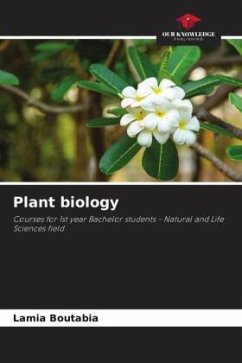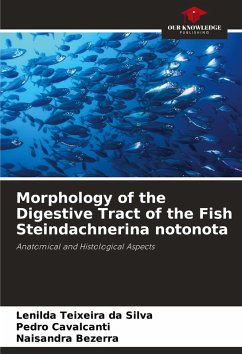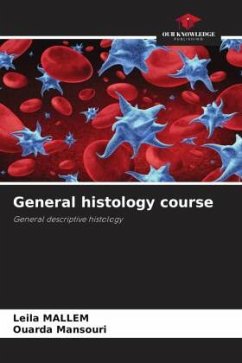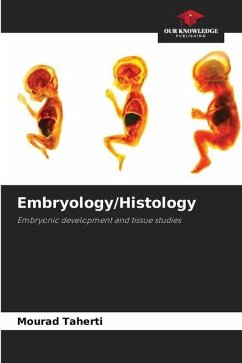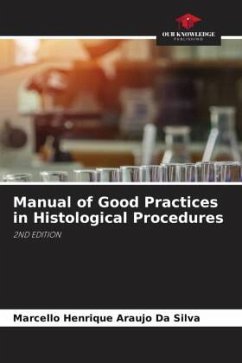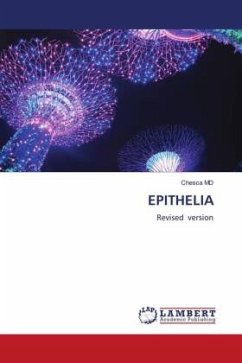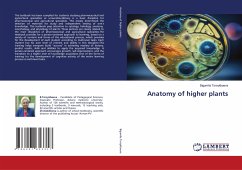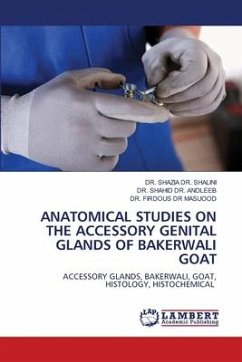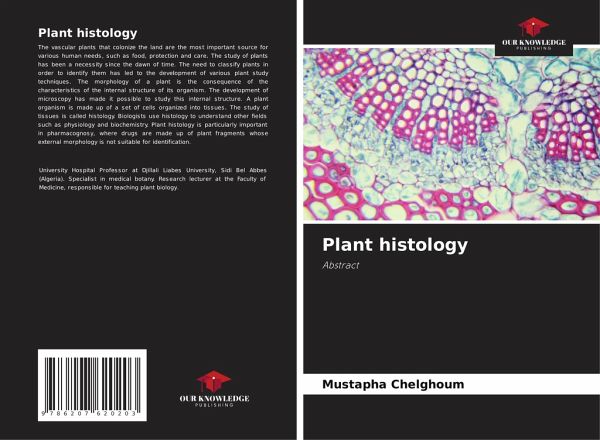
Plant histology
Abstract
Versandkostenfrei!
Versandfertig in 6-10 Tagen
29,99 €
inkl. MwSt.

PAYBACK Punkte
15 °P sammeln!
The vascular plants that colonize the land are the most important source for various human needs, such as food, protection and care. The study of plants has been a necessity since the dawn of time. The need to classify plants in order to identify them has led to the development of various plant study techniques. The morphology of a plant is the consequence of the characteristics of the internal structure of its organism. The development of microscopy has made it possible to study this internal structure. A plant organism is made up of a set of cells organized into tissues. The study of tissues...
The vascular plants that colonize the land are the most important source for various human needs, such as food, protection and care. The study of plants has been a necessity since the dawn of time. The need to classify plants in order to identify them has led to the development of various plant study techniques. The morphology of a plant is the consequence of the characteristics of the internal structure of its organism. The development of microscopy has made it possible to study this internal structure. A plant organism is made up of a set of cells organized into tissues. The study of tissues is called histology. Biologists use histology to understand other fields such as physiology and biochemistry. Plant histology is particularly important in pharmacognosy, where drugs are made up of plant fragments whose external morphology is not suitable for identification.





